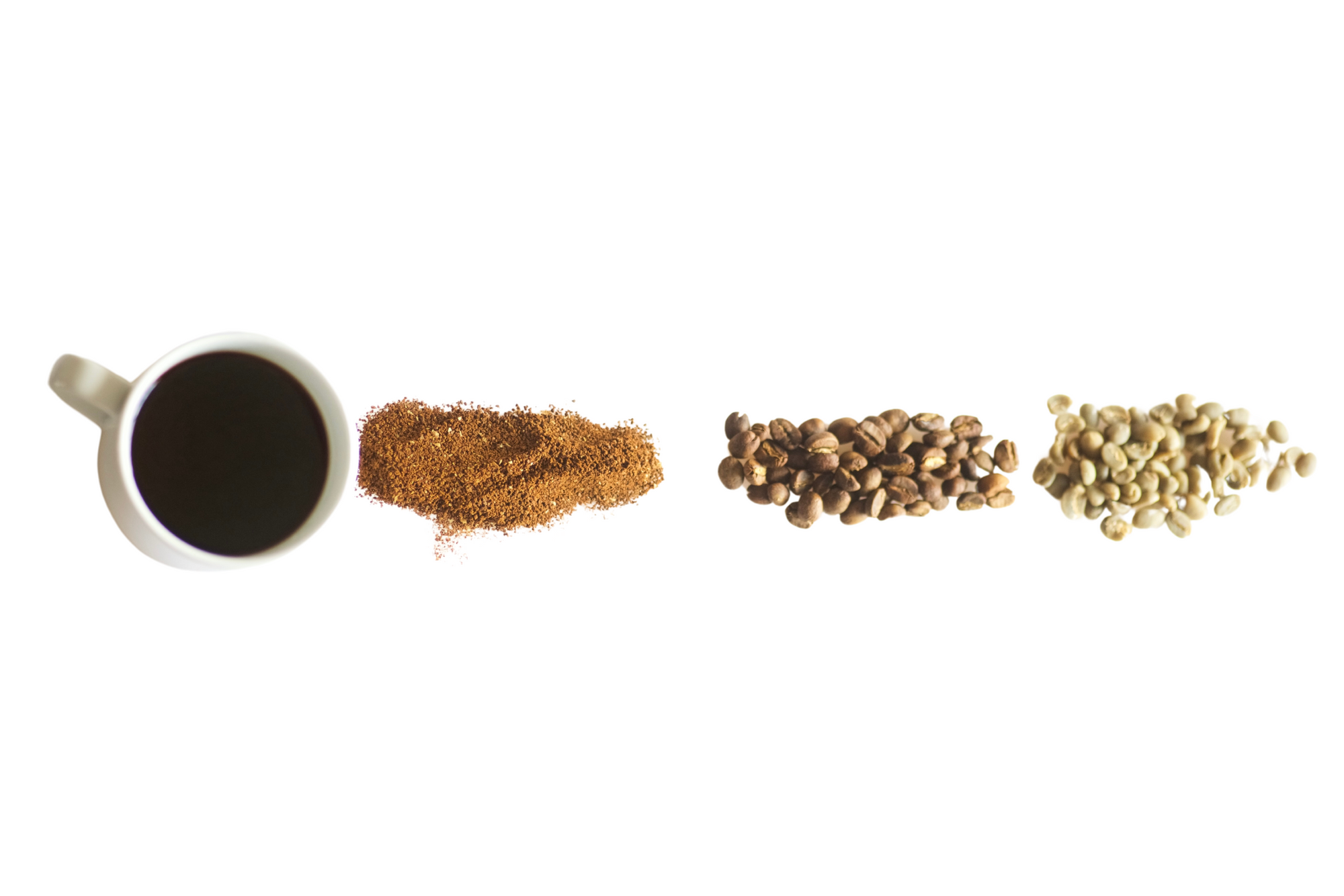
Testimonials
Love the clean taste of Every Day Beans dark roast. The mixture of the berry and coffee is what I really value and crave.
Karl S.
Missouri City, TX
Wow and Wow... I am an avid coffee drinker, so I would say I know the good from the- not so good... but this one .. FINALLY, a personal favorite.. delish. The freshness of the blends are phenomenal. Placing my brunch order now!! Love It!
Quista S.
Houston, TX
I really enjoyed the Brazillian coffee I bought last month from Everyday Beans! Myself, family and friends loved the strong, but mild flavors of the coffee. The medium roast was roasted to perfection!
Jason V.
St. Simons Island, GA
I thought I tasted coffee until I had this. Hands down the best coffee I've ever had.
Troy R.
Missouri City, TX
It's so good I gave up Starbucks. The coffee speaks for itself.
Antonio H.
Houston, TX
Everyday Beans is so refreshing and brisk; it's the perfect way to start my morning. The office is hooked!
Kai M.
Houston, TX
I'm not much of a coffee drinker but really liked this coffee. Smooth, mild flavor, not acidic! Good coffee for the morning time.
Park L.
Houston, TX
Each time I have purchased coffee, it has been fresh and the roasts were exactly as I ordered. The medium was actually medium. The dark was actually dark. Not burned, dark. I will definitely continue to purchase my coffee from Everyday Beans.
Marcus S.
Missouri City, TX
I could never drink coffee black until I tried Everyday Beans. This coffee is great for coffee snobs AND regular joe schmoe’s! Cause it was only after tasting this coffee did I learn that coffee could be so pure, clean, and rich.
Bonnie T.
Houston, TX
Newsletter
Bi-weekly newletter that should be of benefit to you and your coffee journey!
